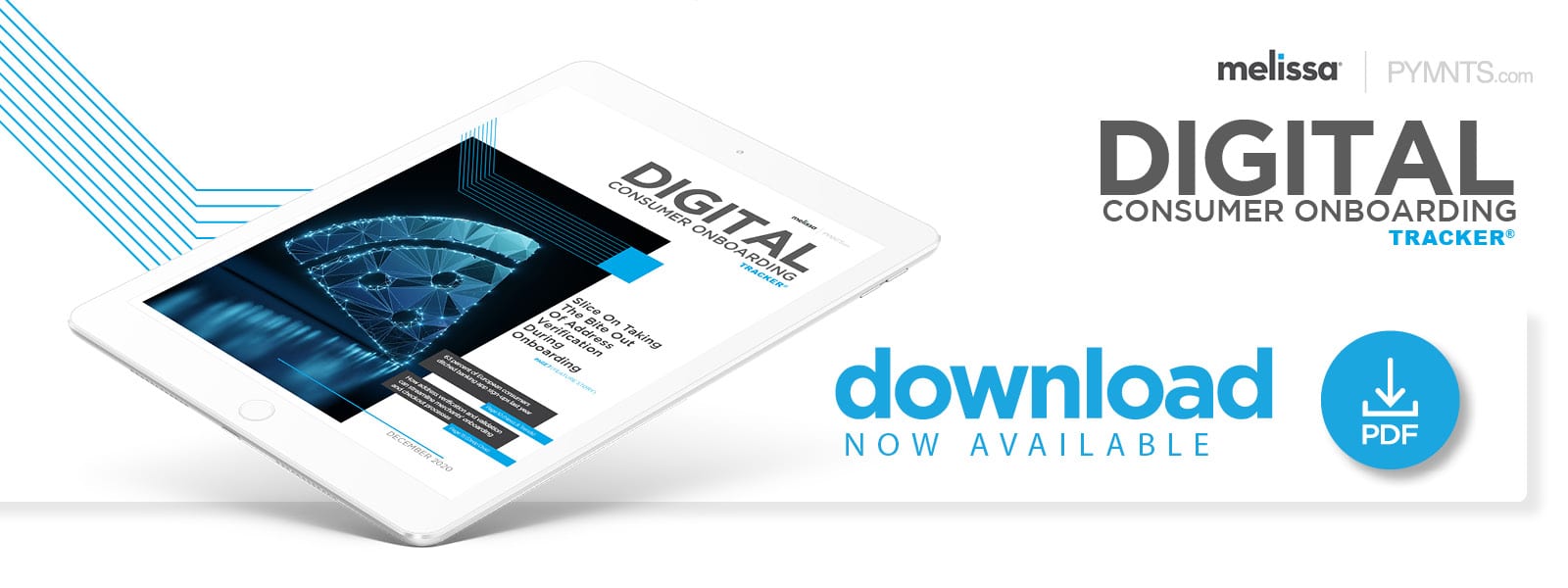Deep Dive: How Smooth Address Verification Can Make Or Break The Consumer Experience

eCommerce giant Amazon was onto something when it patented one-click ordering 21 years ago.
The innovation allows customers to automatically place orders, then have merchandise charged to their select payment methods and shipped to an address on file at checkout. The patent has since expired, but the feature continues to ring the company’s register and has prompted a slew of similar services from retailers across the web.
Such options are especially valuable because the last thing eCommerce shoppers want are delays at checkout. These hitches can — and often do — lead to cart abandonment, which affects a staggering 75 percent of purchases globally and can cost merchants $ 4 trillion annually. Many consumers point to shipping charges added at checkout, a lack of preferred payment options and too many checkout steps as reasons to abandon purchases, while one report noted that requiring too much information is the biggest issue that causes shoppers to ditch their carts.
There are promising innovations that can streamline the onboarding and checkout experience, however. Autofill functions — especially those that allow consumers to input and verify their addresses — can ease these processes and prevent customers from painstakingly entering their personal information every time they make purchases. They also eliminate chances for errors, which can be crucial for consumers making purchases via mobile, who must type their information on small touchscreens.
The following Deep Dive explores how businesses can leverage address verification and validation technologies to speed and streamline the onboarding process. It also looks at how such technologies can help them overcome the obstacles they must confront to ensure products reach their intended recipients.
Addressing The Address Issue
Shopping cart abandonment is not the only issue that can cost companies sales. Customers who make it all the way through the checkout process may still be lost if their packages are shipped to the wrong addresses. Twenty percent of addresses entered at checkout contain errors, such as incorrect house numbers, wrong ZIP codes or spelling mistakes, according to identity verification and onboarding solutions provider Melissa.
These mistakes can harm merchants’ bottom lines, forcing them to resend products or prompting frustrated customers to cancel their orders entirely. One report found that one in every 20 online orders in Germany, the U.K. and the U.S. goes undelivered on the first attempt, and another survey revealed that 65 percent of retailers say failed deliveries are a significant drain on their businesses.
Solutions providers are rolling out tools to address these challenges, however. Global address verification tools can leverage locational data to analyze select user details and automatically fill information fields, for example, allowing customers to put the finishing touches on the process by verifying their addresses and supplying any additional details. This ultimately saves them time and reduces the likelihood that they will accidentally enter inaccurate information.
Application programming interfaces (APIs) also hold promise, as they can assist with quick data entry by allowing consumers to select from suggested address options once they begin typing in their details. Such solutions have enabled companies to boost conversion by up to 30 percent.
The Mobile Cart Abandonment Challenge
Mobile shoppers can be particularly prone to abandoning their purchases. The average cart abandonment rate for these consumers is almost 81 percent — significantly higher than it is for customers who are using laptops or desktop computers to check out. Research shows that an unsatisfying user experience is one of the primary drivers of this high abandonment rate.
Enabling quick checkouts for mobile shoppers can be especially problematic because many are using small touchscreens to enter their personal and payment information, and even the most competent typists struggle to match the speed and accuracy they can achieve using standard keyboards. Address autofill programs and other tools can be one way to reduce the need to type in such information.
Businesses today rely on high-quality personal and payment data to ensure that their deliveries reach their intended recipients on time and with minimal hassle. Battling cart abandonment while ensuring that products are headed to the appropriate destinations is crucial to ensuring merchants’ success and determining whether consumers are one click away from making a purchase or closing their tabs for good.

